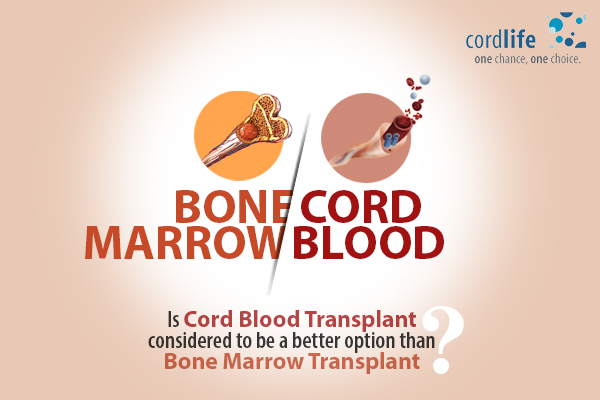Table of Contents
Over the years, stem cell transplantation has been considered a promising approach towards treating problems with regard to malignant and non-malignant disorders of the blood and bone marrow. These stem cells, which are used for transplant, mostly comes from the bone marrow, the peripheral blood (bloodstream), or a newborn baby’s umbilical cord blood.
Bone marrow transplant has been considered as a preferential treatment option for a long time. However, because of the primitiveness and relative agelessness of cord blood stem cells, such therapy has emerged as a strong contender of bone marrow in treating lethal diseases. Such unique properties of stem cell have poised them as potential therapeutic options for disorders like cerebral palsy, Alzheimer’s, Autism, Parkinson’s and others, through extensive research.
Why Are Researchers Thinking in This Line of Stem Cell Therapy?
In order to treat a condition, at the outset, mention must be made of both bone marrow and cord blood stem cell transplants. Essentially, both the transplantations are carried out to replace the unhealthy cells with the healthy ones. But, while making a decision to choose the better one, different criteria are made for evaluation:
Painless Collection
The bone marrow is the gelatinous tissue inside the bones. In preparation of a bone marrow transplant, the marrow (with stem cells) is extracted either from the donor or from the patient’s own bones (hips and leg bones), under general anaesthesia, through a series of needle insertions. This is an extremely painful invasive procedure. The extracted bone marrow is then filtered, processed and used.
On the other hand – After the baby’s delivery, a sterile needle is inserted into the cord vein and the blood left behind in the cord and placenta is collected in a bag. Without causing any pain or risk to the mother or the baby, (non-invasive procedure), the unit is collected and transported to the lab for processing, quality testing, cryogenic-preservation and dispensation when needed.
Going by the basics, earlier, when babies were delivered, it was prevalent to treat the umbilical cord (with the blood) as medical waste. However, with the advent of cord blood stem cell therapy, the scenario has changed.
Low Graft Versus Host Disease
Graft versus Host Disease is a serious complication during a transplant, where the donated stem cells view the recipient’s body as foreign body and hence attack the recipient. It has been estimated to be fatal in up to 40% patients, especially in cases of bone marrow transplant, where an immune system response is triggered against the tissues and other organs resulting in complications, even death. However, since cord blood stem cells are more primitive than bone marrow, acute graft-versus-host disease (GVHD) is not observed after an umbilical cord blood transplantation.
Easier Human Leukocyte Antigen (HLA) Matching
A marker, the immune system uses to recognise foreign cells. A close match between a donor’s and a patient’s own HLA markers is of utmost importance for a successful transplant. This match promotes the growth of healthy blood cells and reduces the chances of GVHD. In case of bone marrow transplant research has shown that, 7 out of 10 patients, may not have a fully matched donor in their family. Whereas, since the cord blood stem cells are considered to be purer, more adaptable and active expression of fewer HLA Loci, the possibility of finding a suitable match within the family and siblings is much higher. [3]
Availability
Since the umbilical cord blood is nascent, a question that often comes up about the storage of cord blood is – How long can the stem cells be maintained in frozen form and still be viable for transplant? In a corresponding response to this question, scientists say that, with proper freezing and storage methods (in liquid nitrogen), the cord blood stem cells can be preserved for decades or, maybe for an indefinite period of time. The current data shows that cord blood stem cells stored for 21-23.5 years have shown to retain biological properties similar to that when they were cryopreserved. This means that, if the need arises, the individual or his/her family can use these stem cells for treatment even after two decades of these cells being stored.
These and other advancements in research where there are so many diseases and disorders, whose treatment is in the advanced stages of clinical trials, makes stem cell therapy through cord blood banking, one of the most responsible decisions that you can take as would-be parents. Read on to find out why Cordlife, a brand known for its premium-ness should be your 1st choice.
